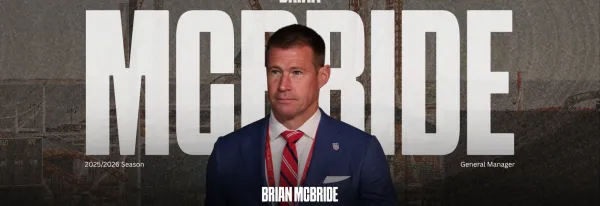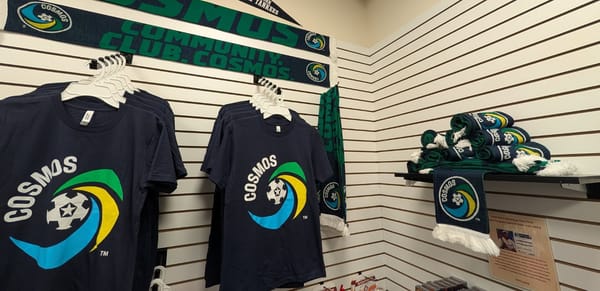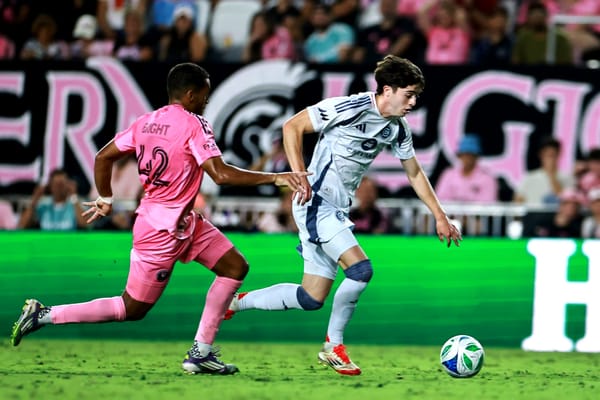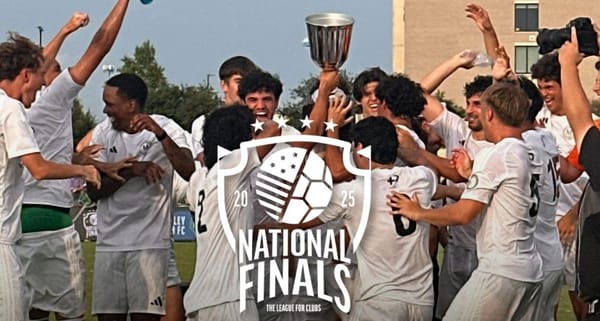Fan Ownership And 50+1 In American Soccer With San Francisco City
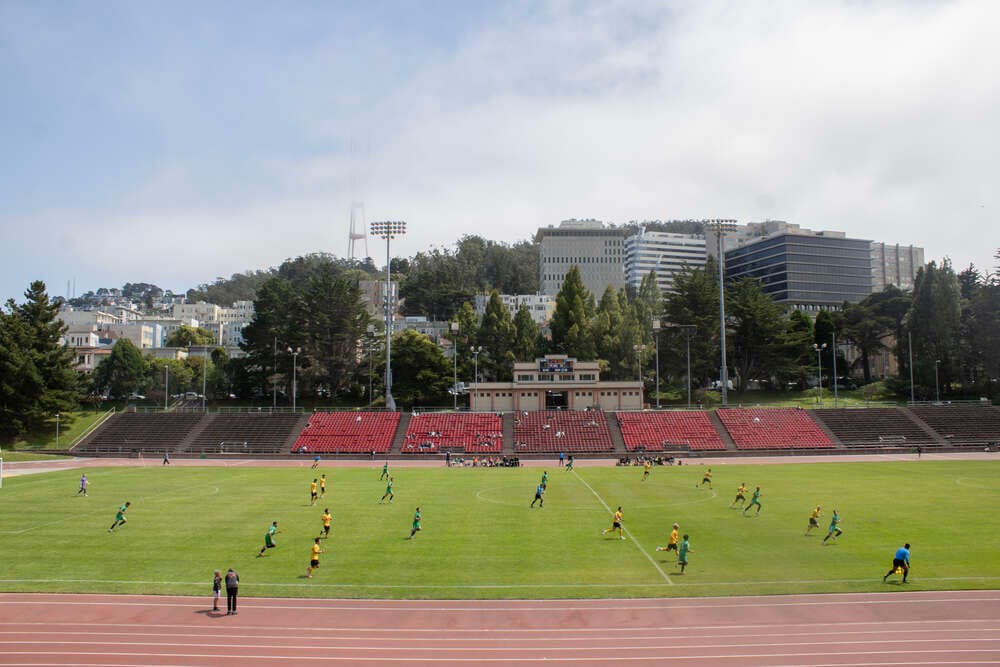
By Oliver Tensley.
SAN FRANCISCO, Calif. -- “The city is ours” reads a Northsiders sticker, the supporters’ group of San Francisco City FC.
On Sunday, July 14, the city was well and truly theirs. San Francisco City defeated cross-town rivals San Francisco Glens 1-0 to complete the double in the derby in 2024. The other fixture ended 2-1 in favor of City last month.
“The city is ours,” however, has a double meaning. San Francisco City FC is a majority fan-owned club. City is quite literally theirs.
San Francisco City FC uses the “50+1” model of ownership made famous in German football. This means at least 50% of shares and one more must be owned by a members’ organization.
The club was founded in 2001 and participated in the amateur San Francisco Soccer Football League (SFSFL) for over a decade.
In 2014 discussions began between those already involved with City and the local American Outlaws chapter about taking the club professional and instilling a model of fan ownership (the American Outlaws are the largest US National Team supporters’ group).
The club had 50+1 ownership and fielded a team in the NorCal Premier Division for 2015 and by 2016 had gotten into USL League Two (then called the Player Development League). San Francisco City has remained in USL League Two since. The club still fields a team in the SFSFL as well.
USL League Two is “pre-professional,” meaning players cannot be paid and the season is only roughly two months long. It is also the fourth tier of American soccer. City supporters have aspirations of something more, but a $5 million entry fee for USL League One means promotion will have to wait.
Nothing, including full professional status, is enough for the City faithful to give up their ownership model.
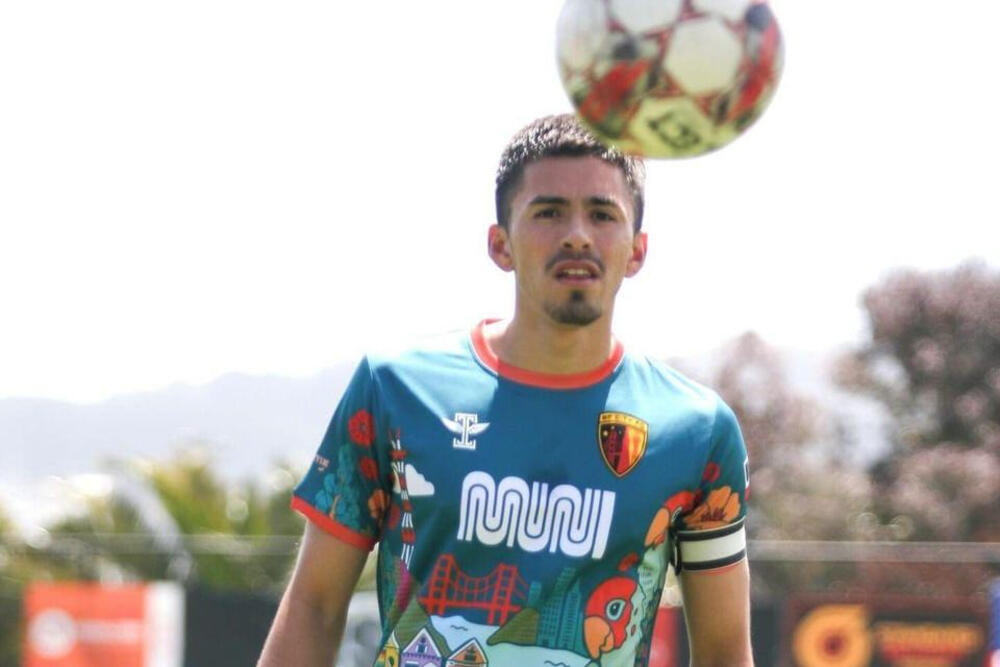
One of the American Outlaws who was around for those 2014 conversations, Casey Proud, said, “Supporter ownership…is a huge part of the club’s ethos and culture and attitude. This idea of the members being the foremost power and authority in the club…adherence to that ethos is very important to us.”
Proud has since left San Francisco to do competitive adaptive surfing where he has won a global title.
Fan ownership is one part of the club’s identity, but equally as important is the city of San Francisco.
Proud said, “One of our aims has really been to be city specific…a lot of teams, especially in the Bay Area…try to be this broad encompassing idea…it is not what we were getting after with this club.”
He added, “We really wanted to represent the city specifically. That entailed having certain principles…we want to make sure we play in the city of San Francisco.”
At the time of writing in July 2024, San Francisco City FC has never played a home game outside of the city of San Francisco.
The club’s home ground, Kezar Stadium, is not just in San Francisco, it is part of its history. “The Kezar” as City supporters lovingly call it, is the original home of the NFL’s San Francisco 49ers and even had seats imported from the 49ers’ other old stadium, Candlestick Park.
The stadium sits within Golden Gate Park, a top attraction on anyone’s “what to do in San Francisco” list. Looking from the West side of the stadium matches are played underneath the Sutro Tower which is featured on the club’s crest.
The roughly 10,000-seat venue sits mostly empty on gameday, but it often fills more with each match. Last week, when the club faced Marin FC, attendance broke 1,000 for the first time since the Kezar’s doors re-opened after pandemic lockdowns.
The derby did not reach those same numbers. The match kicked off at 2:30 P.M. on July 14, half an hour after the conclusion of the European Championship final and two hours before the start of the Copa América final. A large attendance was never particularly likely. However, a pub, Mad Dog in the Fog, had held a watch party for the Euro final with City supporters encouraged to do the less than a mile march to the stadium afterwards.
Mad Dog in the Fog is not the most well-known hangout of City supporters, though.
Standard Deviant Brewing has its own group of San Francisco City supporters apart from the Northsiders called Standard Deviant’s Beer Drinking Army. A shirt with the phrase plus an emblem can be bought at the bar. Shirts are also sold reading, Standard Deviant’s Pot Smoking Army in case one supports the club but their interest is more plant-based.
Inside the bar hangs a flag with the club’s crest accompanied by a pride flag.
Under the shirts are an assortment of beers on tap all of which are Standard Deviant’s own. They used to be for sale at City matches until it became too complicated. The club no longer sells alcohol, but Standard Deviant’s beers are the only ones they ever sold.
Peter Vitt, who works at the brewery and is part of its beer-drinking army, showed up to the match in a jean jacket filled with City patches. He said, “Someone from Liverpool loves Liverpool [FC] because they’re from Liverpool, not because of how good they are…we want [San Francisco] City to be the same.”
The challenge for the club has been engagement. City supporters look to the San Francisco 49ers or the NBA’s Golden State Warriors and feel that their club can fulfill a similar role in the city. However, gaining recognition is much harder for a fourth-tier soccer club than an NBA or NFL team.
Northsider, Trevor Powers, found the club by seeing a jersey in a soccer store and searching the name.
Lately, City has been making a bigger push to get citywide recognition. The crux of this push happened earlier this year when MUNI, San Francisco’s public bus system, became an official sponsor of the club.
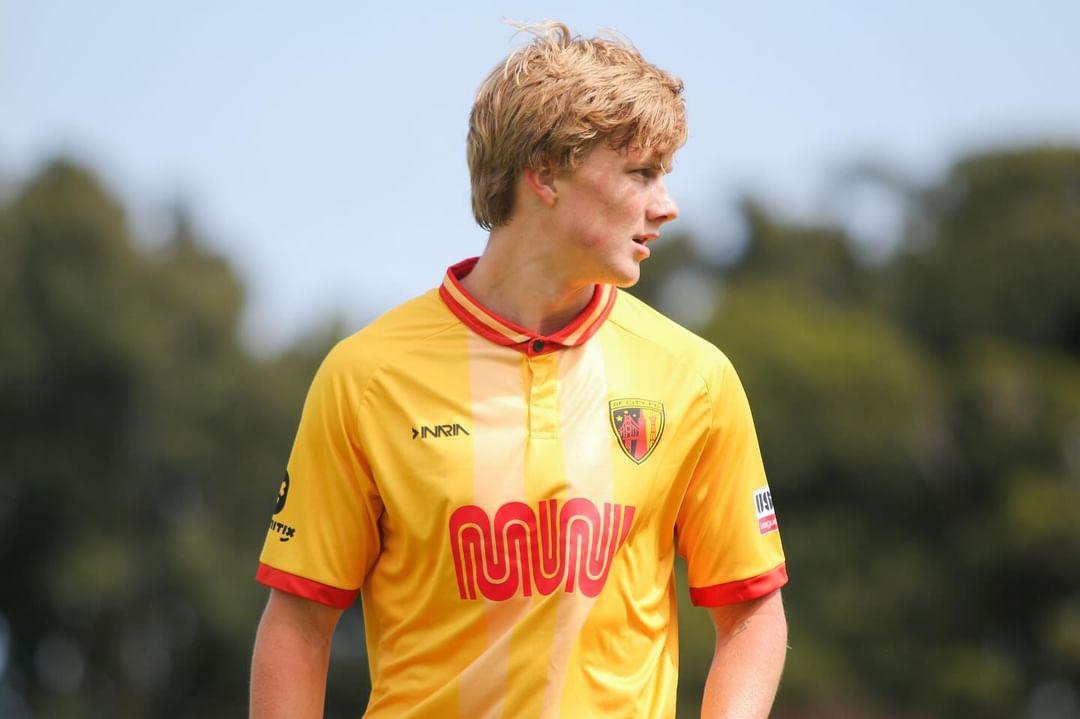
City is a club built on a specific set of ideals. If supporter ownership did not make that clear enough, the “refugees are welcome” banner which hangs in front of the Northsiders does.
Northsiders founder, Peter Bogdis, said, “Whoever our sponsor is, they have to align with our values.”
The club promotes the usage of MUNI buses to decrease driving in the city. Fans are especially encouraged to take the bus to matches.
Bogdis added, “I just remember it got crazy when the pictures of the jersey and the partnership were announced…we have always said ‘don’t drive, take the MUNI’...it’s been part of our club for a long time, but now that they are officially a partner people went nuts…it’s changed the fortunes of this club.”
Long before the partnership, the Northsiders had sung a song which goes “MUNI bus take me home” in the tune of John Denver’s "Take Me Home, Country Roads". They sang it multiple times at the derby. The group even once had a sticker with the same words and a MUNI bus carrying some of its members.
As MUNI has been part of the club’s past it may become an even bigger part of its future. The club’s kit features a MUNI logo on the front, but not the current one, the version from the 1970s. This is because to San Franciscans the ‘70s MUNI logo is, as Bogdis put it, “iconic.” Peter Vitt said the same.
The club did a photoshoot of the kit inside of MUNI buses. Images from that shoot can be found on the club website or on advertisements in the buses themselves.
The club also received an order of several hundred kits for the bus drivers who, according to those at City, have taken quite a liking to them.
This is how major growth can begin. Unsurprisingly, the supporter-owned club has faced hard times, but momentum had been growing pre-pandemic. The club lost two seasons to the lockdown (2020 and 2021), but bounced back in 2022.
Another Northsiders founder, Michael Gonos, said, “our primary source of income is either sponsorship, or merchandise sales, or ticket sales…playing without spectators…would have killed us because we would have had all the cost of running a club, but no revenue.”
The lack of revenue would have cost the club, but equally as important to the City faithful – playing without spectators would have gone against all that the club stands for.
“Football without fans is nothing,” said Bogdis, quoting the old football adage.
Brendan Browne, chair of the club’s Board of Directors, called San Francisco City a “protest club” against the American soccer model.
This model, City supporters feel, is wrong from top to bottom. It starts at the youth level where America’s “pay-to-play” model typically requires families to pay a few thousand dollars a year for their child to get proper training (the San Francisco Glens has a youth system which requires fees to play, thus deepening the rivalry between the two clubs.)
As players get older, however, it is fans who begin to be left out. Ticket prices rise, unpopular rebrands are done, and some clubs even move out of their city.
This is an especially relevant issue in the Bay Area with the MLB’s Oakland Athletics set to leave for Las Vegas after 66 years in the East Bay. The NFL’s Oakland Raiders left for Nevada just three years ago after 24 consecutive years in the Bay (they were also in Oakland from 1960-1981). San Jose Earthquakes of MLS left for Houston in 2005 before being recreated in 2008.
Fear of relocation is nonexistent for City. Ownership is with the community and the community is with San Francisco.
The club’s crest features the Golden Gate Bridge, Transamerica Pyramid, and Sutro Tower. The main colors of the crest are black and yellow, or the official colors of the city of San Francisco. Even the font is called “Fog City Gothic,” which is used by the city itself for signage and was made by a San Francisco-based artist.
The three stars on the badge represent the club’s founder, Jon Wright, and two of his friends. One of his friends, Jacek Banas, founded and coached an SFSFL club called Star FC which Wright had played for.
Walking through the stadium one may see a bucket hat that reads, “roll fog” as a nod to San Francisco’s infamous foggy weather. If not, they may see scarves that read “City ‘till I move to Colma.” This is a play on the football phrase, “‘till I die.” Colma, Calif. is a nearby town which has more graves than residents as the city of San Francisco transported bodies from its own graveyards to Colma to save space from 1920 to 1941. Many San Franciscans still get buried there today.
The Northsiders chant, “Gold in peace! Iron in war!” which is an English translation of the city’s official motto, “Oro en paz, fierro en guerra.”
San Francisco City carries the name, “City,” because that is who it was made for. Northsiders chant at San Francisco Nighthawks matches (of the Women’s Premier Soccer League) or alongside the “Burrito Brava,” at El Farolito matches (of the National Premier Soccer League).
Supporters of both clubs also show up for City. Those who love San Francisco City love the city of San Francisco and any grassroots football in it.
The club holds a unique place in many hearts.
Gonos said, “I don’t have any kids, so this club is my kid.”
It has taken years of work to create a steady, supporter-owned, club, but even those who helped make San Francisco City look the way it does today do not love it for their work, they love it for what it is.
Bogdis said, “It gives the game back to the people.”
San Francisco City is the people. It is the Northsiders and it is Standard Deviant’s Beer Drinking Army. But, it is also kids who come with their parents. It is also the players, most of which are natives to the city. It is also the food vendors who serve pork buns at matches. And it is definitely the people who own it, care about it, and make it run.
San Francisco City is not a club, it is a spitting image of its city.
